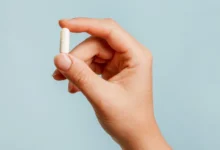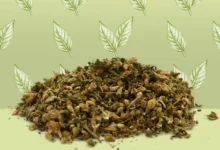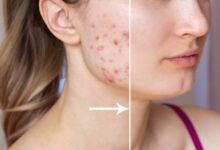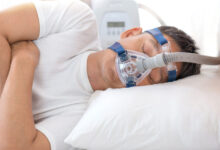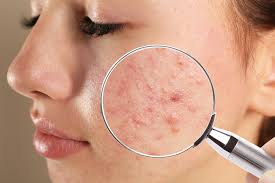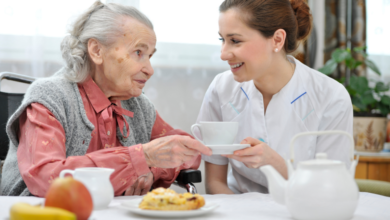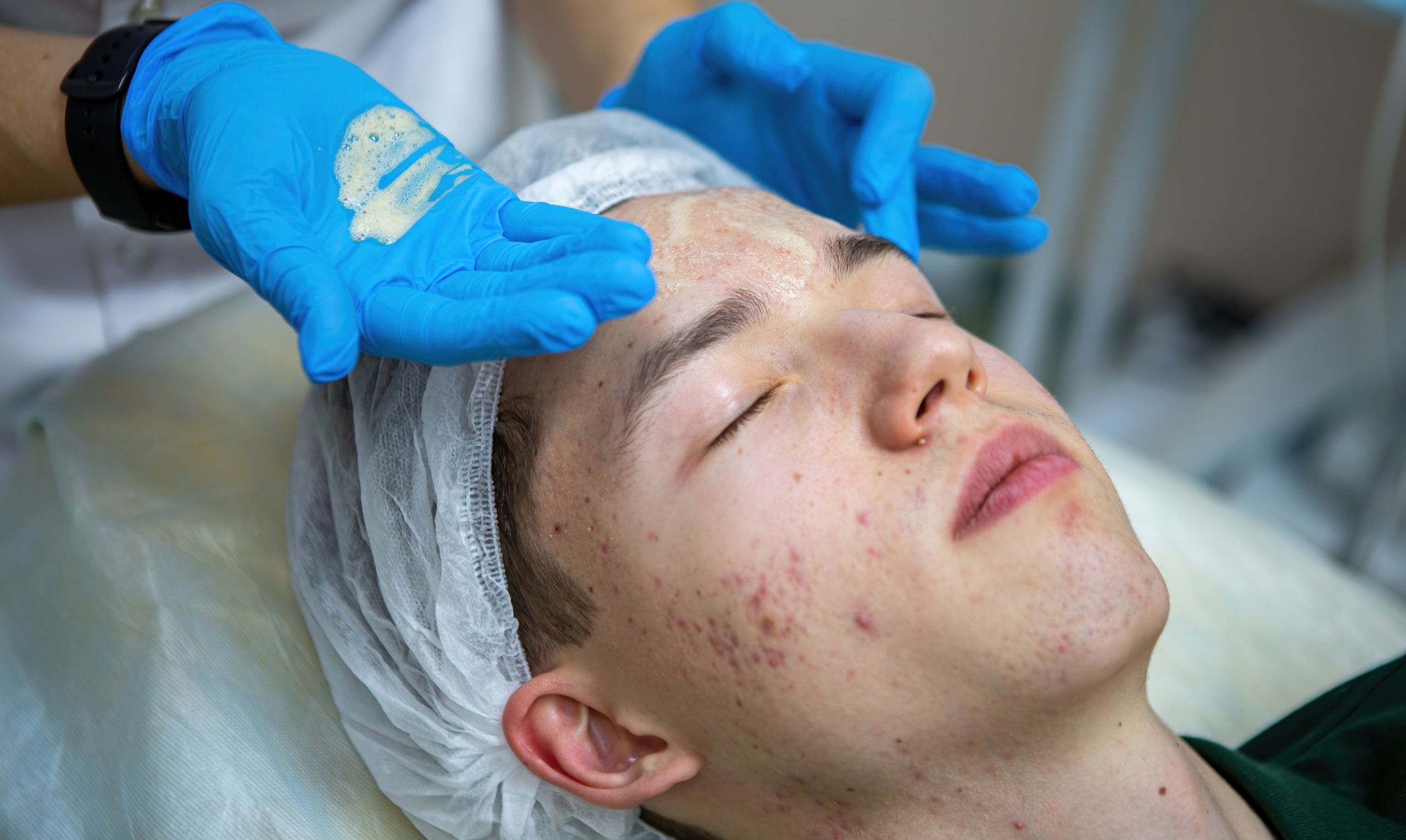
Acne Dermatologist Singapore: Expert Treatment Solutions
What causes acne to persist despite consistent skincare routines? Acne develops when hair follicles become blocked with oil and dead skin cells, creating an environment where Cutibacterium acnes bacteria multiply rapidly. This process triggers inflammation that manifests as comedones (blackheads and whiteheads), papules, pustules, nodules, or cysts. While over-the-counter treatments work for mild cases, moderate to severe acne requires medical intervention to prevent permanent scarring and pigmentation changes. Consulting an acne dermatologist Singapore can help ensure the right treatment plan tailored to your specific acne type.
Dermatologists classify acne using standardized grading systems that evaluate lesion type, number, and distribution across the face, chest, and back. This clinical assessment determines whether topical medications alone suffice or if oral medications, procedural interventions, or combination approaches provide suitable results. The distinction matters because treating inflammatory acne differs significantly from addressing comedonal acne, and what works for teenage acne may differ for adult hormonal breakouts.
Table of Contents
Understanding Different Acne Types
Comedonal Acne
Comedonal acne presents as blackheads (open comedones) and whiteheads (closed comedones) without significant inflammation. These lesions form when sebum and keratin create plugs within follicles. Open comedones appear dark due to melanin oxidation, not dirt accumulation. Closed comedones remain beneath the skin surface as small, flesh-colored bumps.
Treatment focuses on increasing cellular turnover and preventing new comedone formation. Topical retinoids like tretinoin, adapalene, or tazarotene normalize keratinization within follicles. Chemical exfoliants containing salicylic acid or glycolic acid dissolve existing plugs. Professional extraction performed by trained dermatology staff removes stubborn comedones without causing scarring or spreading bacteria.
Inflammatory Acne
Inflammatory acne encompasses papules (small red bumps), pustules (pus-filled lesions), and deeper nodules or cysts. These lesions develop when C. acnes bacteria trigger immune responses within blocked follicles. Papules measure less than 5mm and lack visible pus, while pustules contain white or yellow centers. Nodular acne forms painful lumps beneath the skin surface that persist for weeks.
Benzoyl peroxide kills bacteria through oxidative mechanisms while reducing inflammation. Topical antibiotics like clindamycin or erythromycin target bacterial proliferation but require combination with benzoyl peroxide to prevent resistance. Oral antibiotics including doxycycline or minocycline provide systemic anti-inflammatory effects for widespread lesions. Treatment duration typically spans 3-4 months before reassessing the need for continuation.
Hormonal Acne
Hormonal acne concentrates along the jawline and lower face, fluctuating with menstrual cycles. Androgens stimulate sebaceous glands to produce excess oil while promoting abnormal keratinization. This pattern affects women particularly during their 20s and 30s, often persisting despite previous clear skin during adolescence.
Anti-androgen medications address the root hormonal imbalance. Oral contraceptives containing ethinyl estradiol with anti-androgenic progestins (drospirenone, cyproterone acetate) regulate hormone levels. Spironolactone blocks androgen receptors in sebaceous glands, reducing oil production. These medications require 3-6 months for full effect, with dermatologists monitoring response through regular follow-ups.
Treatment Options
Prescription Retinoids
Prescription retinoids are commonly used in acne treatment, addressing multiple pathogenic factors simultaneously. Tretinoin normalizes follicular keratinization, prevents microcomedone formation, and possesses anti-inflammatory properties. Adapalene demonstrates similar efficacy with reduced irritation, making it suitable for sensitive skin. Trifarotene specifically targets both facial and truncal acne through selective RAR-γ agonism.
Initial application typically involves starting twice weekly, gradually increasing to nightly use as tolerance develops. The “retinoid purge” during weeks 4-8 brings existing microcomedones to the surface, appearing as temporary worsening before improvement. Combining retinoids with benzoyl peroxide or antibiotics may enhance efficacy while reducing bacterial resistance risk. Photosensitivity necessitates daily broad-spectrum sunscreen application.
Isotretinoin Therapy
Isotretinoin is used for severe, scarring, or treatment-resistant acne. This oral retinoid reduces sebum production, normalizes keratinization, eliminates C. acnes, and modulates inflammation. Dosing and treatment duration should be determined by a healthcare professional based on individual patient factors.
Monitoring may include liver function tests, lipid panels, and pregnancy tests for females. Common side effects include dry lips, dry skin, temporary hair shedding, and joint aches. These typically resolve after treatment completion. The medication requires strict pregnancy prevention due to severe teratogenic effects. Many patients achieve long-term remission.
Chemical Peels
Chemical peels accelerate exfoliation and unclog pores. Salicylic acid peels penetrate oil-filled pores, making them suitable for comedonal and inflammatory acne. Glycolic acid peels improve skin texture while reducing post-inflammatory hyperpigmentation. Jessner’s solution combines salicylic acid, lactic acid, and resorcinol for enhanced penetration.
Dermatologists customize peel selection based on skin type, acne severity, and tolerance. Treatment frequency and number of sessions should be determined by a healthcare professional. Post-peel care includes gentle cleansing, moisturizing, and strict sun protection. Darker skin types require conservative approaches to prevent post-inflammatory hyperpigmentation.
Procedural Interventions
Laser Therapy
Different laser wavelengths target specific acne components. The 1450nm diode laser heats sebaceous glands, reducing oil production for several months. Pulsed dye lasers (585-595nm) decrease inflammation by targeting blood vessels feeding inflamed lesions. Blue light (415nm) activates porphyrins produced by C. acnes, generating reactive oxygen species that kill bacteria.
Fractional lasers create microscopic treatment zones, stimulating collagen remodeling for acne scar improvement while addressing active breakouts. Treatment protocols involve multiple sessions spaced 2-4 weeks apart. Temporary redness and swelling resolve within days. Combination approaches using different wavelengths address multiple acne factors simultaneously.
Photodynamic Therapy
Photodynamic therapy combines topical photosensitizers with specific light wavelengths for enhanced bacterial killing and sebaceous gland destruction. Aminolevulinic acid (ALA) or methyl aminolevulinate (MAL) applied to skin converts to protoporphyrin IX within sebaceous glands. Subsequent light activation generates singlet oxygen, destroying bacteria and temporarily reducing gland activity.
Treatment involves photosensitizer application for 30-60 minutes followed by red or blue light exposure. Patients experience immediate redness and swelling lasting 2-3 days. Strict photoprotection for 48 hours post-treatment prevents severe sunburn reactions. Results improve progressively over 2-3 months, with effects lasting 6-12 months.
Corticosteroid Injections
Intralesional corticosteroid injections rapidly flatten painful nodular and cystic lesions. Triamcinolone acetonide (2.5-10mg/ml) injected directly into lesions reduces inflammation within 24-48 hours. This prevents permanent scarring from deep inflammatory acne while providing immediate relief from painful nodules.
Dermatologists carefully control injection volume and concentration to prevent skin atrophy. Treatment works particularly well for isolated stubborn nodules that don’t respond to oral medications. Repeated injections at 3-4 week intervals may be necessary for persistent lesions. Temporary hypopigmentation occasionally occurs but typically resolves within months.
Acne Scar Treatment Approaches
Scar Classification
Acne scars fall into distinct categories requiring different treatment approaches. Ice pick scars appear as narrow, deep indentations extending into the dermis. Boxcar scars create wider depressions with sharp vertical edges. Rolling scars produce undulating skin texture from fibrous bands tethering skin to underlying structures. Hypertrophic scars form raised, firm nodules from excess collagen production.
Accurate classification guides treatment selection. Ice pick scars respond to chemical reconstruction (CROSS technique) using high-concentration trichloroacetic acid. Boxcar scars improve with fractional laser resurfacing or punch excision. Rolling scars require subcision to release tethering bands. Combination approaches addressing multiple scar types may yield improved outcomes.
Resurfacing Procedures
Fractional CO2 lasers create controlled thermal injury zones, stimulating new collagen formation while preserving surrounding tissue for rapid healing. Treatment depths range from 400-1500 microns depending on scar severity. Erbium YAG lasers provide more superficial resurfacing with shorter downtime. Multiple sessions spaced 4-6 weeks apart progressively improve texture.
Microneedling with radiofrequency combines mechanical injury from needles with thermal energy for enhanced collagen remodeling. Needle depths adjust from 0.5-3.5mm based on scar depth and facial location. Platelet-rich plasma applied during treatment may accelerate healing and enhance results. Post-procedure care includes occlusive moisturizers and complete sun avoidance during healing.
Did You Know?
Acne bacteria produce porphyrins that naturally fluoresce orange-red under black light (Wood’s lamp), allowing dermatologists to visualize bacterial colonization patterns invisible to the naked eye.
What Dermatologists Say
Successful acne treatment requires patience and consistency. Initial worsening during the first month often indicates the treatment is working by bringing deeper lesions to the surface. Healthcare providers adjust protocols based on individual response patterns, skin type, and lifestyle factors. The goal extends beyond clearing current breakouts to preventing future scarring and maintaining long-term skin health through appropriate maintenance therapy.
Putting This Into Practice
- Photograph your skin weekly under consistent lighting to track treatment progress beyond daily mirror observations
- Apply treatments to completely dry skin (wait several minutes after washing) to minimize irritation while maximizing absorption
- Layer products from thinnest to thickest consistency, allowing each to absorb before applying the next
- Keep a diary noting breakout patterns, product reactions, and potential triggers like specific foods or stressors
- Use non-comedogenic moisturizers even with oily skin to prevent barrier disruption that worsens acne
When to Seek Professional Help
- Cystic or nodular lesions forming painful lumps beneath the skin
- Scarring or dark marks persisting after acne heals
- Over-the-counter treatments showing no improvement after consistent use for two months
- Acne affecting chest, back, or shoulders in addition to face
- Breakouts causing significant emotional distress or social withdrawal
- Adult-onset acne developing after previously clear skin
- Acne worsening despite adherence to skincare routine
Commonly Asked Questions
How long before prescription acne treatments show results?
Topical retinoids and antibiotics typically require 6-12 weeks for noticeable improvement. Initial worsening during weeks 2-4 occurs commonly as deeper lesions surface. Isotretinoin shows progressive improvement throughout the 4-6 month treatment course, with results appearing 2-3 months after completion.
Can diet modifications improve acne?
High-glycemic foods and dairy products may worsen acne in susceptible individuals through insulin-like growth factor pathways. Eliminating suspected triggers for 8-12 weeks while maintaining consistent skincare helps identify dietary connections. Omega-3 fatty acids and zinc supplementation show modest benefits in some studies.
Why do acne treatments stop working over time?
Bacterial resistance develops with prolonged antibiotic use, requiring rotation to alternative antibiotics or non-antibiotic treatments. Tolerance to retinoids rarely occurs, though perceived decreased efficacy may reflect inadequate strength or inconsistent application. Hormonal fluctuations, stress, or product interactions may also reduce treatment effectiveness.
What’s the difference between purging and breaking out from products?
Purging occurs only with treatments that increase cell turnover (retinoids, acids), appearing in usual breakout areas and resolving within 4-8 weeks. Product-induced breakouts appear in new areas, worsen progressively, and include irritation symptoms like itching or burning.

